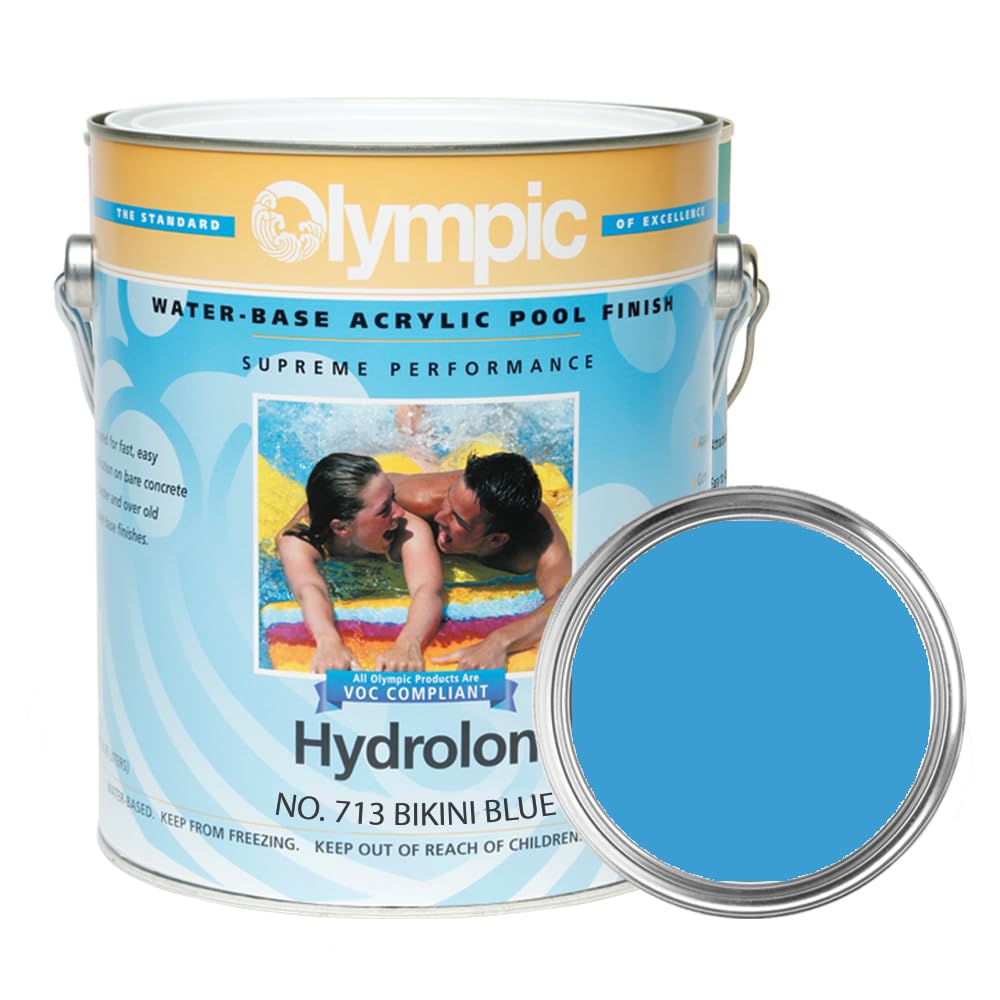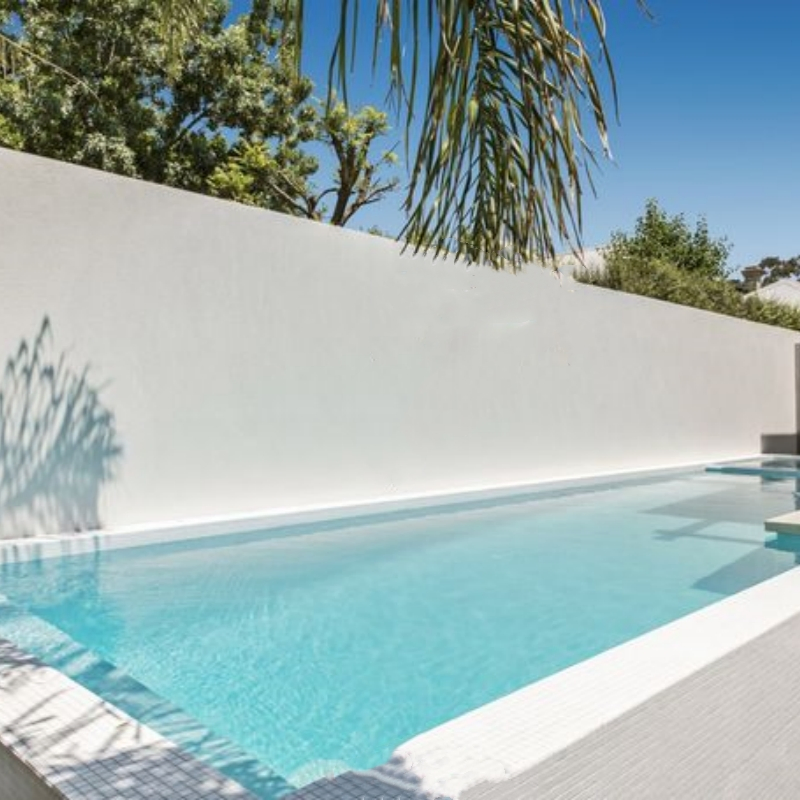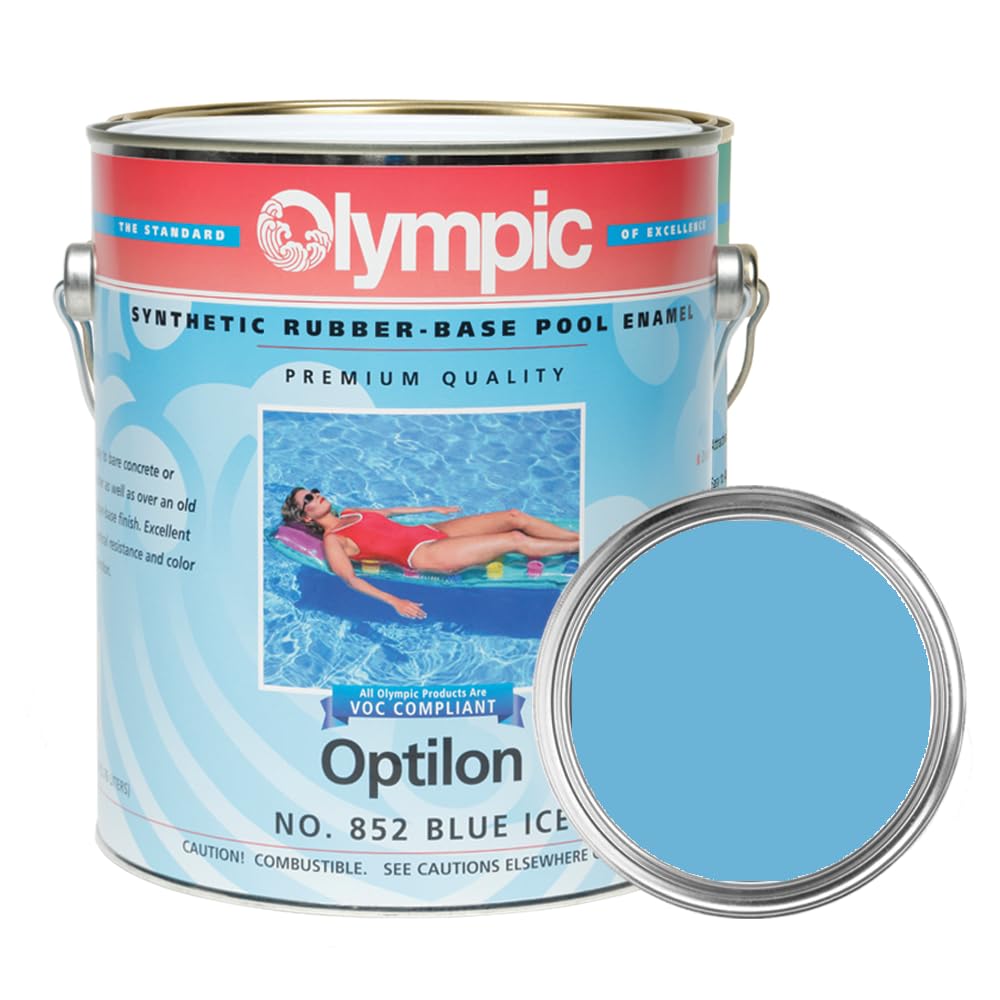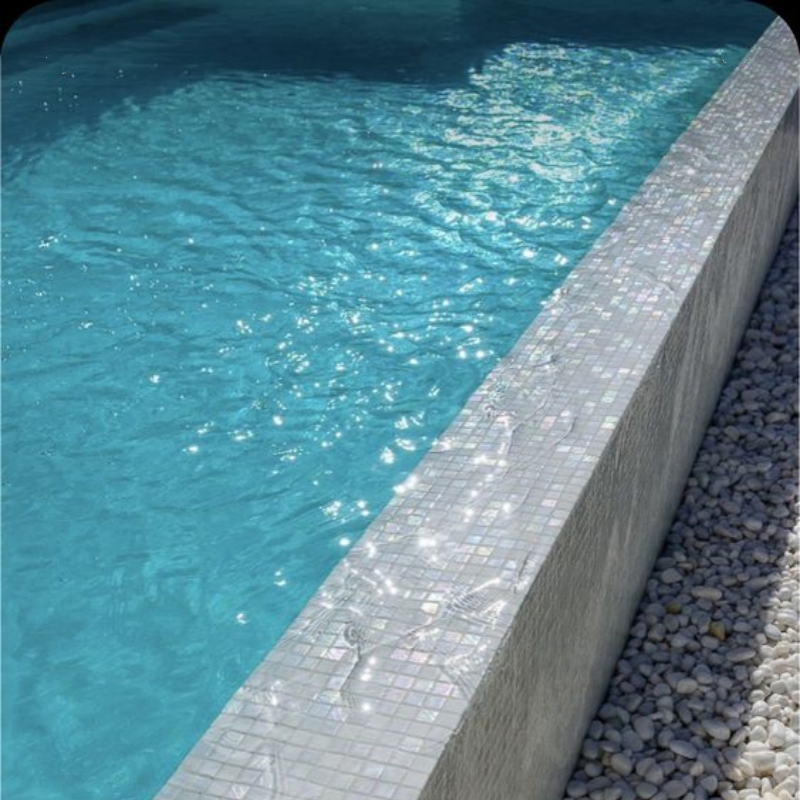Swimming pool paint is a smart, cost-effective way to refresh the look and protect the surface of your pool. Whether your concrete, plaster, or fiberglass walls have faded, stained, or developed minor cracks, the right swimming pool paint can restore them to like-new condition.
Moreover, this specialized coating does more than enhance appearance. It seals pores, resists algae growth, and creates a smooth finish that’s pleasant to touch. Unlike regular paint, swimming pool paint is formulated to withstand constant exposure to water, chlorine, and UV rays.
Many homeowners choose painting over resurfacing because it’s faster and less expensive. A fresh coat can last 5 to 7 years with proper care. This makes it ideal for seasonal maintenance or pre-summer prep.
Available in various colors—like aqua blue, turquoise, gray, and white—swimming pool paint allows customization. You can match your backyard theme or improve water clarity with reflective tones.
In addition, modern formulas are low-VOC and eco-friendly. They reduce fumes during application and are safer for swimmers once cured.
As we explore further, you’ll learn about types, preparation steps, application tips, and how to choose the best swimming pool paint for your needs.
 Types of Pool Paint and Their Best Uses
Types of Pool Paint and Their Best Uses
Several types of swimming pool paint exist. Each one works best on specific surfaces and under certain conditions.
Epoxy paint offers the strongest durability. It bonds tightly to concrete and plaster. This type resists chemicals, abrasion, and peeling. However, it’s harder to apply and requires precise mixing.
Acrylic paint is water-based and user-friendly. It dries quickly and emits fewer fumes. Acrylic works well on interior plaster and is ideal for DIY projects. It lasts around 3 to 5 years.
Chlorinated rubber paint was once popular. It provides good water resistance and sticks well to old painted surfaces. But it’s being phased out due to environmental concerns.
Siloxane-based coatings are newer options. They penetrate deep into porous surfaces. These paints repel water and resist blistering. They also allow trapped moisture to escape.
For fiberglass pools, use only approved gel coat paints. Regular pool paint may not adhere properly. Always check manufacturer guidelines.
Some paints come in textured finishes. These hide minor imperfections and offer better traction.
Choosing the right type ensures long-lasting results and avoids costly mistakes.
How to Prepare Your Pool Surface Before Applying Paint
Proper preparation is essential before applying swimming pool paint. First, drain the pool completely. Let it dry for at least 24 hours. Moisture weakens adhesion.
Next, clean the walls and floor thoroughly. Use a pressure washer to remove dirt, algae, and loose material. For stubborn stains, scrub with a TSP (trisodium phosphate) solution.
Repair any cracks or chips. Use hydraulic cement or epoxy filler for concrete damage. Smooth the patches and let them cure fully.
Etch the surface if needed. Acid washing opens pores in plaster, helping paint bond better. Use muriatic acid with caution. Rinse thoroughly afterward.
Sand rough areas. This creates an even base. Wipe away dust with a damp cloth.
Remove old paint that’s peeling. Use a scraper or wire brush. For large areas, consider sandblasting.
Finally, test pH and moisture levels. The surface must be neutral and dry. Any residue can ruin the new coat.
Skipping prep leads to premature failure. Take time to do it right.
 Step-by-Step Guide to Applying Pool Paint
Step-by-Step Guide to Applying Pool Paint
Start by gathering tools: rollers, brushes, extension poles, paint trays, and protective gear. Choose a roller with a 3/8-inch nap for smooth coverage.
Mix the paint thoroughly. Stir slowly to avoid bubbles. Do not thin unless instructed. Epoxy paints require combining resin and hardener.
Begin painting from the top down. Start at the waterline and work toward the floor. This prevents drips on finished areas.
Use a brush for corners, edges, and steps. Then switch to a roller for large sections. Apply even strokes. Overlap each pass slightly.
Work in small sections. This maintains a wet edge. Stopping mid-section causes visible lines.
Apply two coats for best results. Wait the recommended drying time between coats. Most paints need 12–24 hours.
Avoid painting in direct sunlight. Heat speeds drying and reduces working time. Early morning or cloudy days are ideal.
Keep pets and people away during application. Ventilate the area if indoors.
Follow all safety instructions on the label. Proper technique ensures a flawless finish.
Choosing the Right Color for Your Pool Paint
Color affects both aesthetics and function. Lighter shades like white or light blue make water appear cleaner and brighter. They also reflect sunlight, reducing heat absorption.
Aqua and turquoise create a tropical feel. These colors enhance the natural hue of the water. They’re popular in backyard resorts and family pools.
Gray and slate tones give a modern, sleek look. They hide dirt better than bright colors. These work well with stone or minimalist designs.
Darker colors add depth. But they absorb more heat. This may raise water temperature significantly in sunny climates.
Consider your surroundings. Match the paint to your deck, tiles, or landscape. A cohesive look feels more inviting.
Test samples before committing. Paint a small patch and fill it with water. View it at different times of day.
Some colors fade faster under UV exposure. Check product ratings for color retention.
Ultimately, choose a shade that reflects your style and climate.
 Safety and Environmental Considerations When Using Pool Paint
Safety and Environmental Considerations When Using Pool Paint
Safety matters when handling swimming pool paint. Always wear gloves, goggles, and a mask. Fumes from epoxy or solvent-based paints can irritate lungs.
Work in well-ventilated areas. Open garage doors or use fans. Avoid painting on windy days to prevent overspray.
Store paint in a cool, dry place. Keep it away from children and pets. Follow disposal rules for leftover paint and containers.
Choose low-VOC or zero-VOC options when possible. These reduce air pollution and health risks. They’re safer for indoor pools or homes with allergies.
Never pour excess paint down drains. It contaminates water systems. Use solidifiers or take it to a hazardous waste facility.
Wait the full curing time before refilling. Most paints require 5–7 days. Refilling too soon causes peeling and cloudiness.
Check local regulations. Some areas restrict certain chemicals in pool coatings.
Protective measures keep you and the environment safe.
Common Mistakes to Avoid When Painting a Pool
Many DIYers make errors that shorten paint life. One common mistake is skipping surface prep. Dirty or damp surfaces cause poor adhesion.
Another issue is using the wrong paint type. Not all paints work on every surface. For example, acrylic won’t last on unetched plaster.
Applying too thick a coat leads to cracking. Thin, even layers perform better. Follow the manufacturer’s spread rate.
Painting in hot or humid weather causes problems. Heat dries paint too fast. Humidity traps moisture underneath.
Using regular exterior paint is a serious error. It’s not designed for constant immersion. It will bubble and peel quickly.
Not allowing enough cure time before refilling ruins the finish. Water breaks the bond if applied too soon.
Ignoring manufacturer instructions leads to failure. Read labels carefully.
Avoid these pitfalls for a successful, long-lasting result.
 Where to Buy Quality Pool Paint
Where to Buy Quality Pool Paint
Purchase swimming pool paint from trusted sources. Home improvement stores like Home Depot or Lowe’s carry major brands. Staff can help with selection.
Specialty pool supply stores offer expert advice. They stock products suited to your region and pool type.
Online retailers such as Amazon, In The Swim, and Pool Supplies Plus provide variety. Compare prices and read reviews.
Look for well-known brands like In The Swim, TotalBoat, or Ramuc. These offer reliable performance and clear instructions.
Check availability of primer and products. Some paints require a bonding agent.
Buy all needed supplies at once. Running out mid-project delays drying and affects finish.
Verify return policies. Unopened cans can often be returned if unused.
Buying from reputable sellers ensures authenticity and support.
Frequently Asked Questions About Pool Paint
How often should I repaint my pool?
Every 5 to 7 years, depending on paint type and usage.
Can I paint over old pool paint?
Yes, if it’s in good condition and compatible with the new type.
Is swimming pool paint safe for swimmers?
Yes, once fully cured. Follow the waiting period.
Do I need to acid-wash before painting?
Often yes, especially for plaster pools. It improves adhesion.
Can I use a sprayer to apply pool paint?
Some pros do, but rollers are easier for most homeowners.
What’s the best temperature for painting?
Between 50°F and 90°F. Avoid extreme heat or cold.
How long before I can refill the pool?
Typically 5 to 7 days. Check the product label.
Does paint affect water chemistry?
Minimal impact after curing. Initial fill may need balancing.
 Final Thoughts on Maintaining Your Investment with Pool Paint
Final Thoughts on Maintaining Your Investment with Pool Paint
Swimming pool paint is a practical solution for restoring and protecting your pool’s surface. It enhances beauty, extends lifespan, and saves money compared to full resurfacing.
With proper prep, the right product, and careful application, you achieve professional-looking results. The transformation improves both enjoyment and property value.
Whether you choose epoxy for durability or acrylic for ease, quality matters. Invest in a proven brand and follow instructions closely.
Regular maintenance, including timely repainting, keeps your pool safe and attractive. It prevents bigger issues down the road.
From color choice to safety practices, every step counts. Taking the time to do it right pays off in longevity and performance.
Ultimately, swimming pool paint is more than a cosmetic fix—it’s a vital part of pool care. So when your pool looks dull or worn, reach for a fresh coat. It’s one of the smartest upgrades you can make.